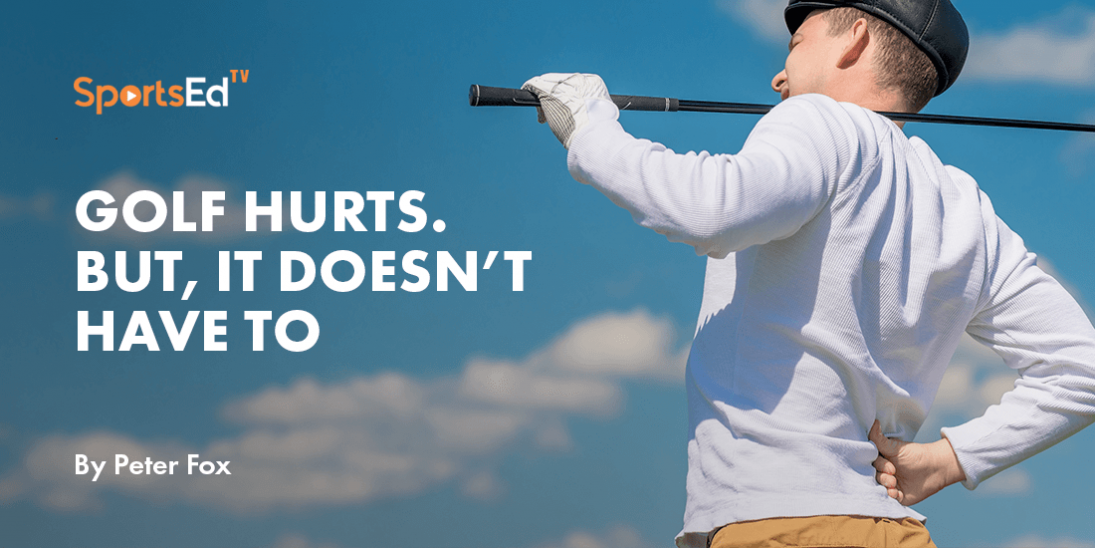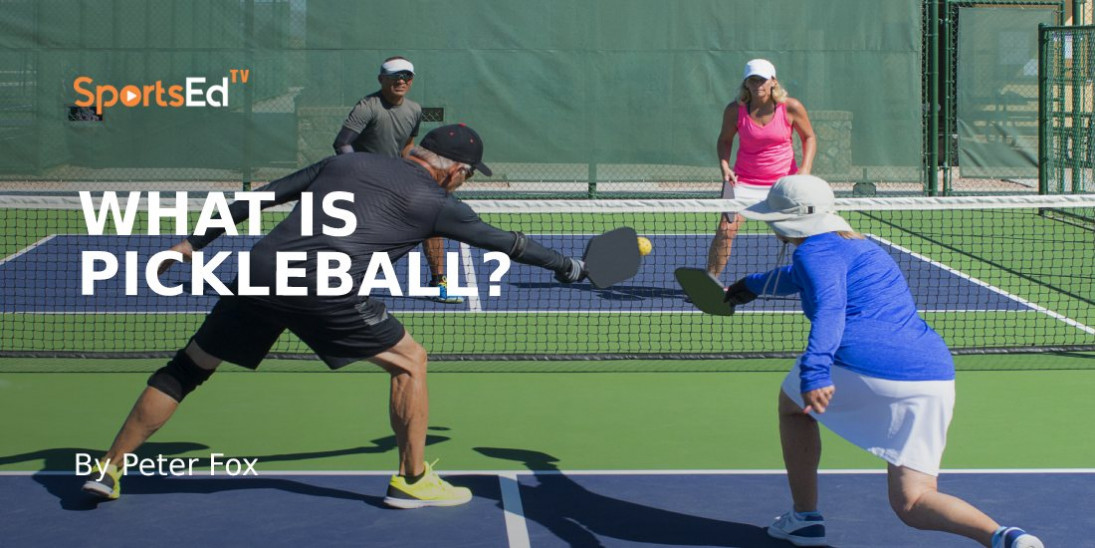Baseball
Welcome and thanks for visiting...

Baseball Positions
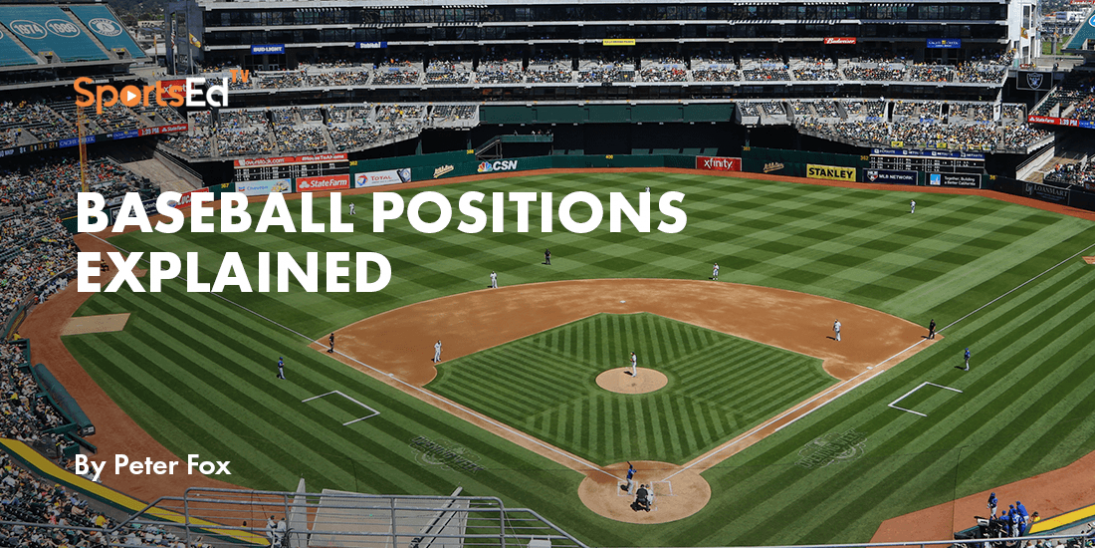
Just like Kevin Costner’s movie portrayal of Iowa corn farmer Ray Kinsella’s dreams, new parents often have fields of baseball dreams of their own.
When their infant tosses a tiny teddy bear halfway across the room from the relative safety of a crib or a couple of World Series later smacks a whiffle ball through a playroom window, the dreams of rearing a baseball star begin to repeat.
But what if those parents don’t know a double play from a bullpen?
How will their naturally gifted four-tool youngster prosper? Knowing the four tools—throwing, catching, running, and batting—is a start.
Then, understanding the various baseball positions that are suited for the youngster as he or she begins to be attracted to baseball is the intent of this article.
Before we go there, though, I’m going to point you to the SportsEdTV series of conversations with one of the great big league baseball parents of all time—Howie McCann—whose boys Brian and Brad lived their big-time baseball dreams.
You’ll likely hear Howie’s earliest fundamental advice to let the kids fall in love with the game on their own. The parent’s role is to nurture rather than navigate.
Though some baseball positions are better played by players with different physical attributes, there are always going to be exceptions to the norm. Below, we'll talk about the norms, but when a youngster exhibits an affinity for a certain position, it is an indicator of the sport's fifth and defining tool—passion—which is a powerful accelerator itself.
Baseball scoring assigned numbers to the positions of play on a nine-position team, so our notes will follow the age-old numbering system.
What are the 9 basic positions in baseball?
The nine positions in baseball are a combination of experience, traditional practice, and some rules. They are as follows: Pitcher, Catcher, First Baseman, Second Baseman, Third Baseman, Shortstop, Left Fielder, Center Fielder, and Right Fielder.
#1 Pitcher
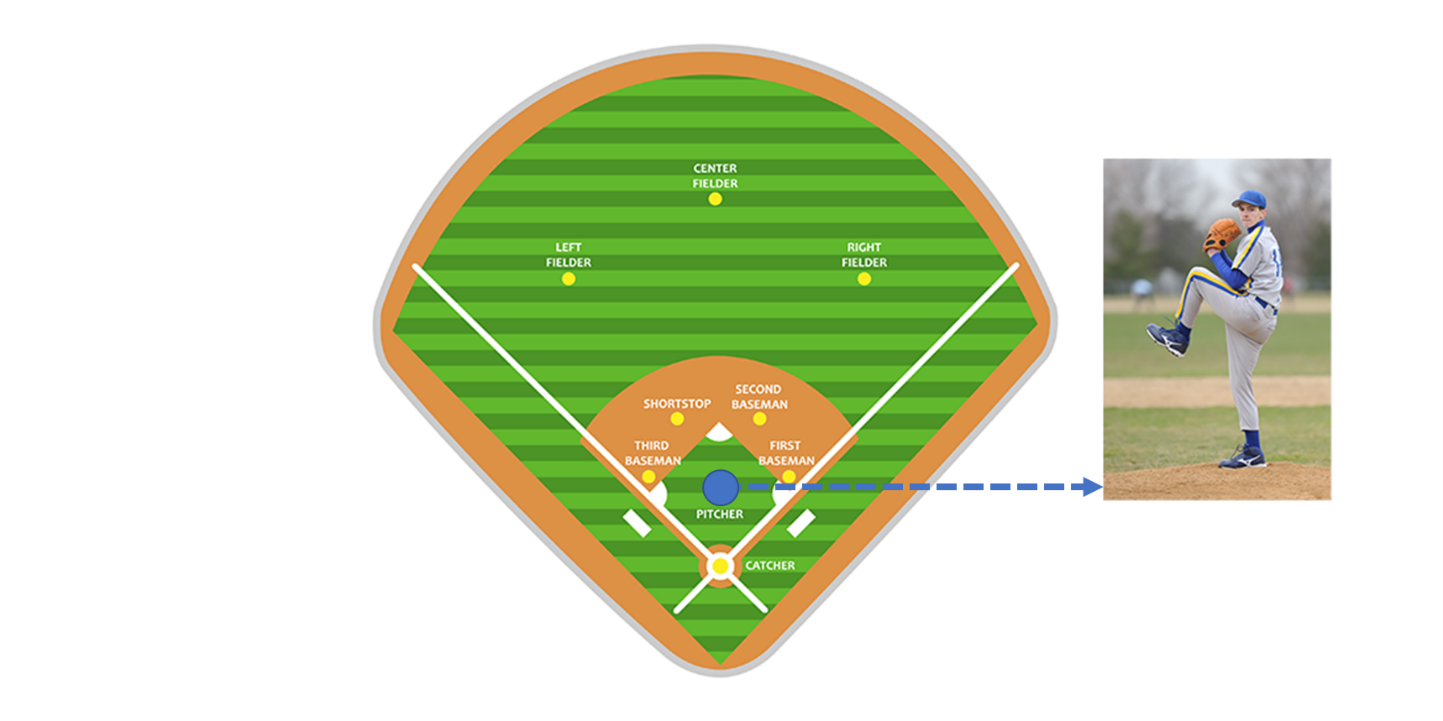
The pitcher is the player who stands on the pitcher's mound and throws the ball to home plate. The pitcher's goal is to retire the batter by throwing pitches that are difficult to hit. The pitcher has a variety of pitches in their arsenal, including fastballs, curveballs, sliders, and change-ups.
There’s a reason the position of pitching is number one. It is the most important single position in baseball as it is critical to the success of the entire team. It is physically stressful and as such, pitchers need to rest their arms after play.
While all baseball positions come with a risk of injury, pitching can be riskier than some of the other positions. SportsEdTV’s Dr. Gene Coleman has parental advisories.
#2 Catcher
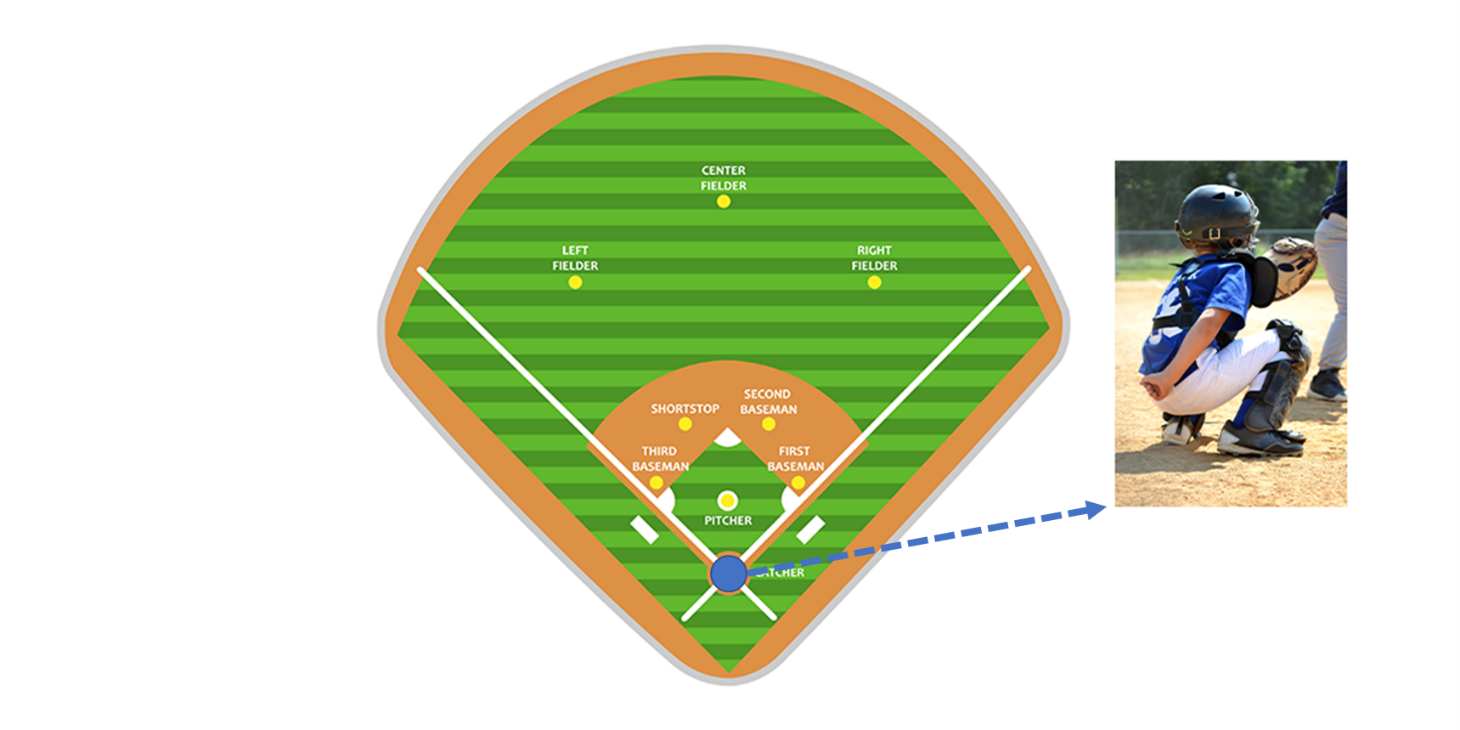
The catcher is positioned behind home plate and is responsible for receiving pitches thrown by the pitcher and calling the game. The catcher also helps guide the pitcher by providing signs for different pitches and communicating with the other fielders. Additionally, the catcher is responsible for preventing stolen bases by catching runners attempting to steal and throwing them out.
Catchers' equipment is facetiously called "the tools of ignorance" as the mask, leg, and chest protectors serve to support catchers' courage from the dangers of fouled balls, overswung bats, and overzealous base runners. The catching position is the nerve center of the game, as the catcher not only communicates tactics with the pitcher via signals and gestures, he or she can signal to adjust the positions of other teammates given knowledge of upcoming pitches and prior experience with the player at-bat. It is a physically demanding position and is traditionally played by sturdy athletes.
#3 First Base
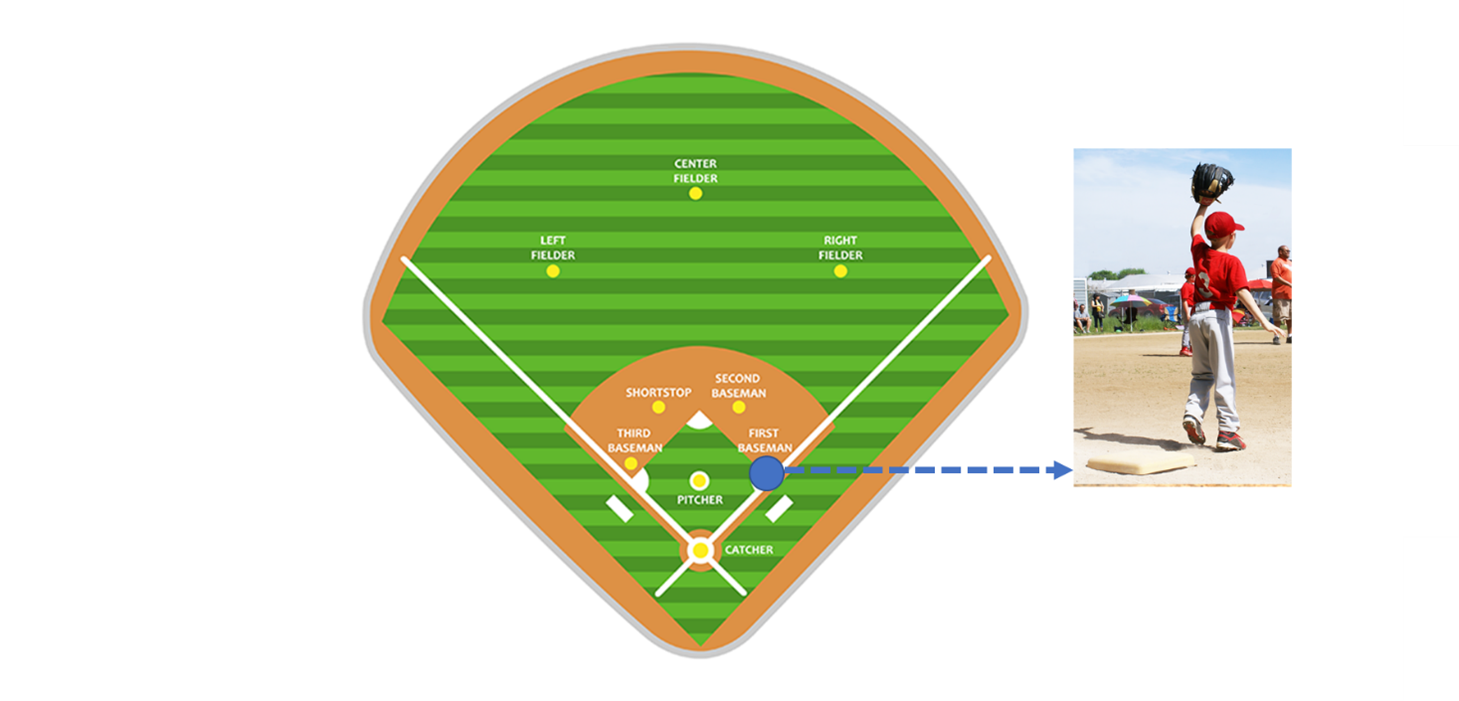
First basemen play an important role in the infield, as they are responsible for playing ground balls that are hit near first base. They must have quick reflexes and be able to make accurate throws to retire runners at first base. They also help cover the base for throws from other fielders.
This position is usually reserved for the biggest player on the team—providing a larger target for other players to throw to and retire batters who hit ground balls to other infielders. A special glove that encourages catching errant throws is usually worn by a first baseman. It is also a position played by athletes with slower foot speed, as its ground covering requirements are not as difficult as other infield spots. Traditionally, first base is a position played by strong offensive hitters.
#4 Second Base
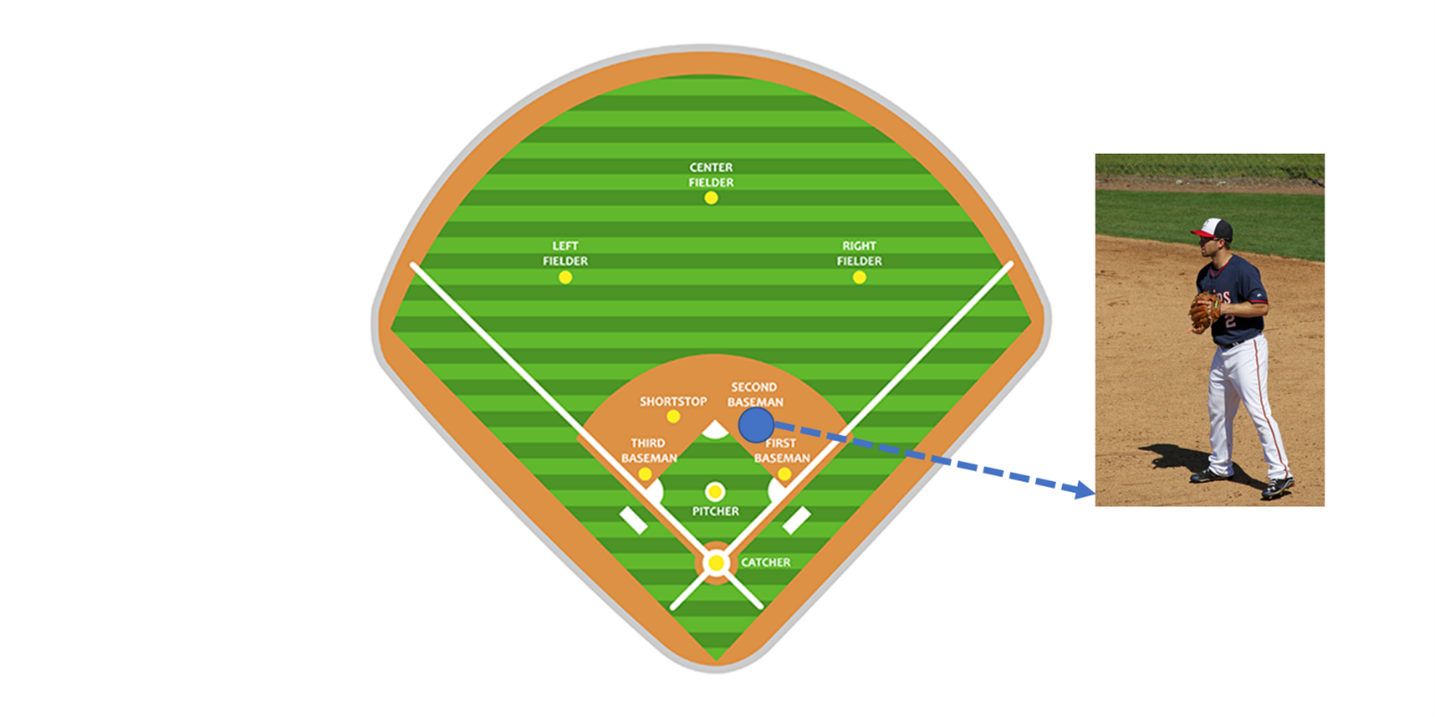
Second basemen play an important role in turning double plays, where a runner is retired at first base, and then the ball is quickly thrown to second base to retire another runner. Second basemen must have quick feet, a strong arm, and good decision-making skills to successfully turn double plays.
While this position is often played by sure-handed athletes with throwing strength not as powerful as other infielders because of its closer proximity to first base, the throwing and athleticism required of second-base athletes are very important. In baseball, the great defensive rally killer is the double play—two outs recorded in the same at-bat. The double play's most frequent iteration involves the second base pivot, requiring a fast catch and throwing simultaneous moves while touching the base and avoiding the chaos of an approaching offensive runner.
#5 Third Base
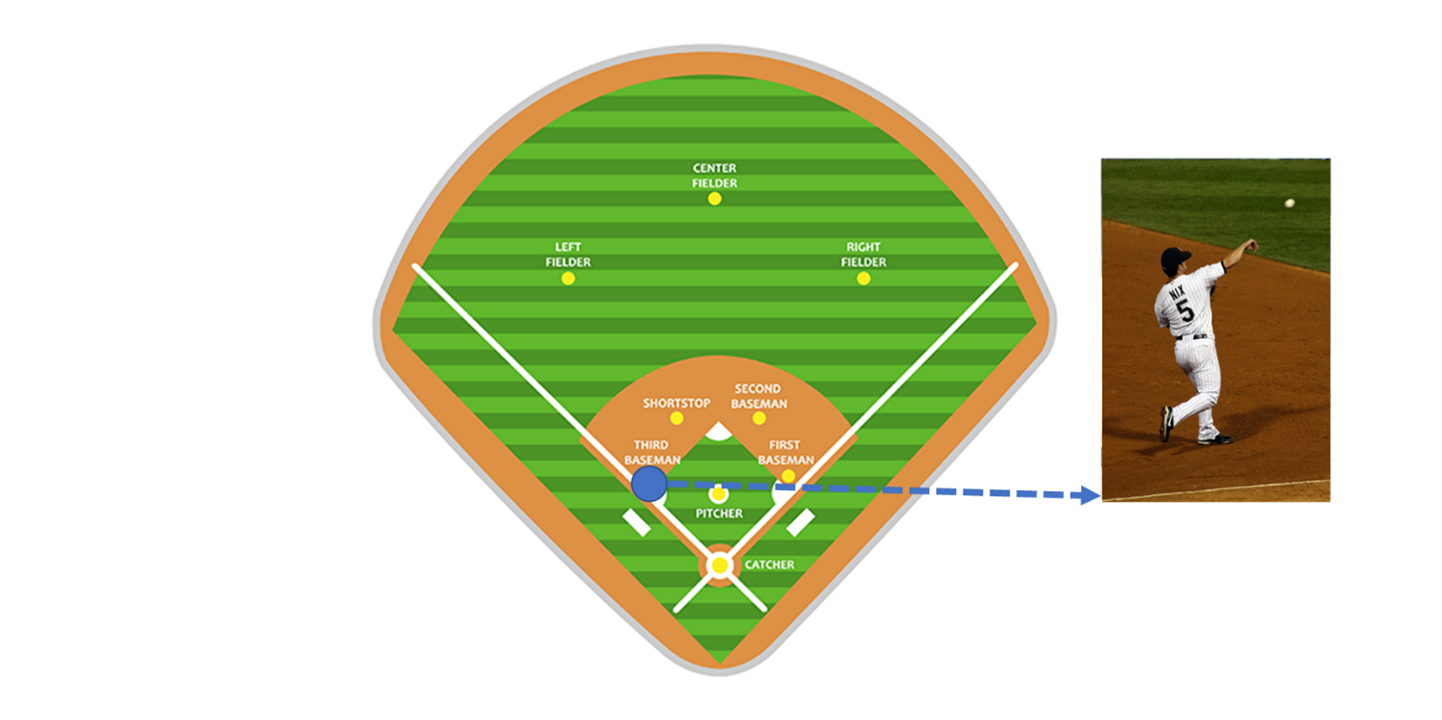
Third basemen play a similar role as the shortstop but are responsible for the area between the third base and the catcher. Third basemen must have quick reflexes and a strong arm to make accurate throws to first base. They also play an important role in defending against bunts, and slow grounders hit down the third base line.
Third base is known as baseball’s "hot corner" because there are more hard-hit balls sent there by right-handed batters who dominate the offensive side of baseball. The position requires quick reflexes and an accurate strong arm for the cross-infield throw to first base. Not unlike its first base counterpart, third base is considered a less strenuous position, requiring less mobility than second base and shortstop, and it is often played by athletes with strong hitting skills.
#6 Shortstop
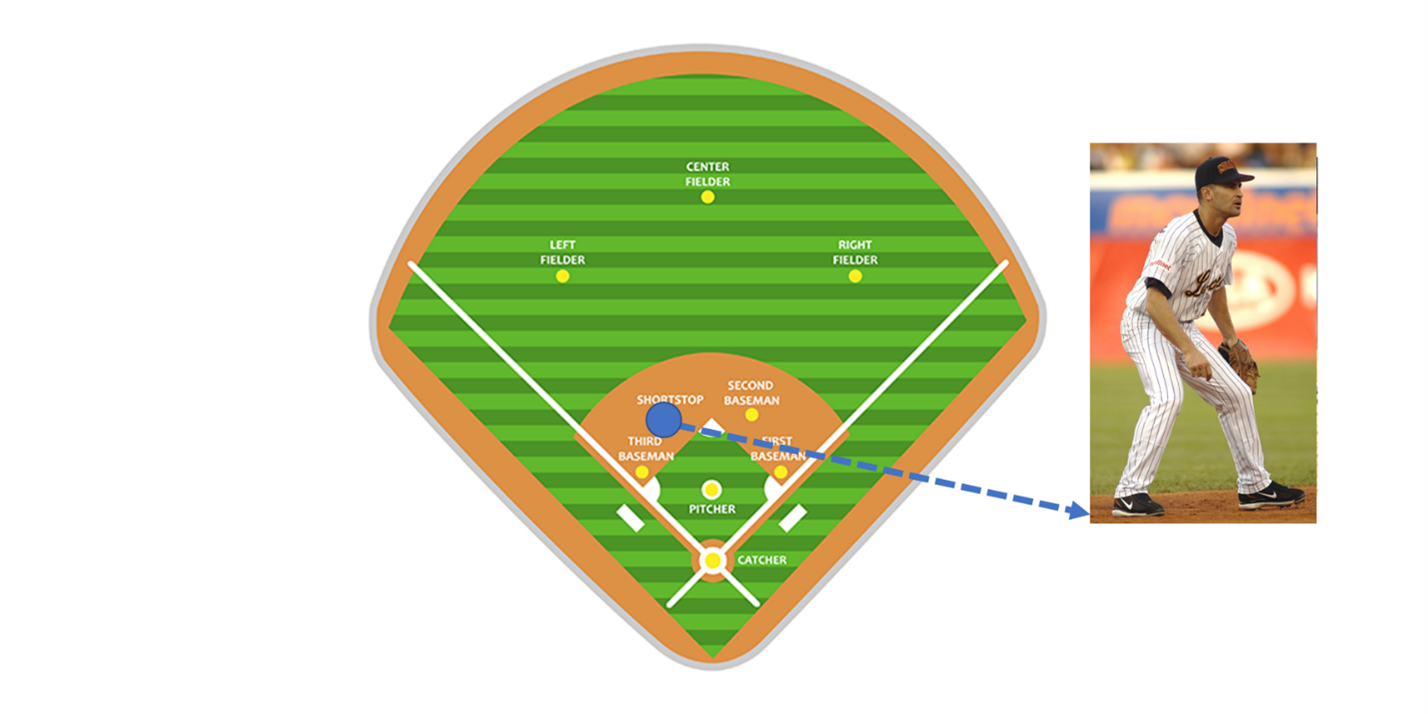
Shortstops are often considered the most important fielder in the infield, as they must be able to make quick decisions and have a good range to play balls hit between second and third base. Shortstops must also have a strong arm to make accurate throws to first base and other bases.
Perhaps the most athletically demanding infield position in baseball, shortstops tend to be fast, with sure hands and strong arms, often not as physically large as other players. Shortstops, statistics show field more batted balls than any other infield position. Defensive abilities are the traditional priority given to the shortstop position; batting skills tend to be de-emphasized. A good-hitting shortstop has a great future.
#7 Leftfielder
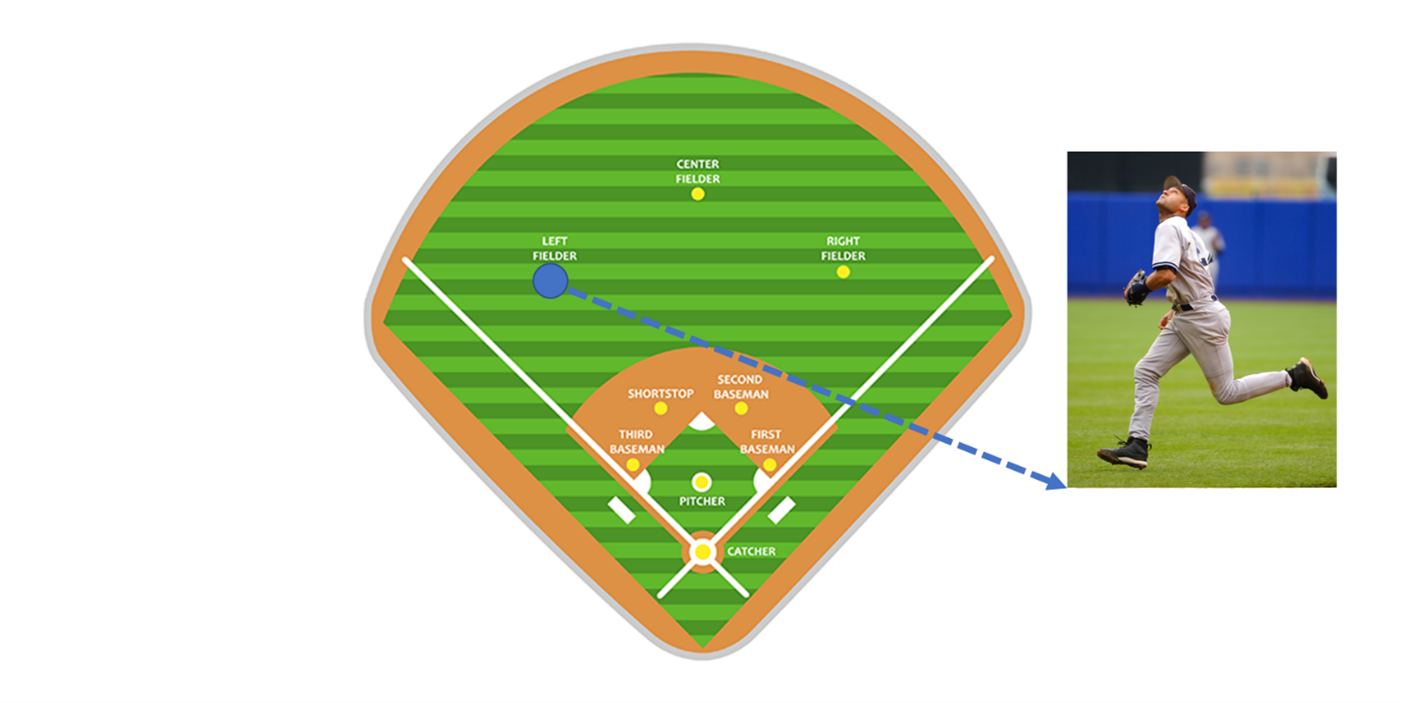
Left fielders play in the outfield and are responsible for playing balls hit to the left side of the field. Left fielders must have good speed and a strong arm to make accurate throws to the bases. They also play an important role in chasing down fly balls that hit their way.
The left field is often the position of athletes with strong bats and weak arms. Because almost all outfield throws go to second, third, or home bases, left fielders are rarely if ever, required to throw across the field to first base. It is also the position where less-than-gifted defensive athletes frequently play in deference to their strong offensive abilities.
#8 Centerfielder
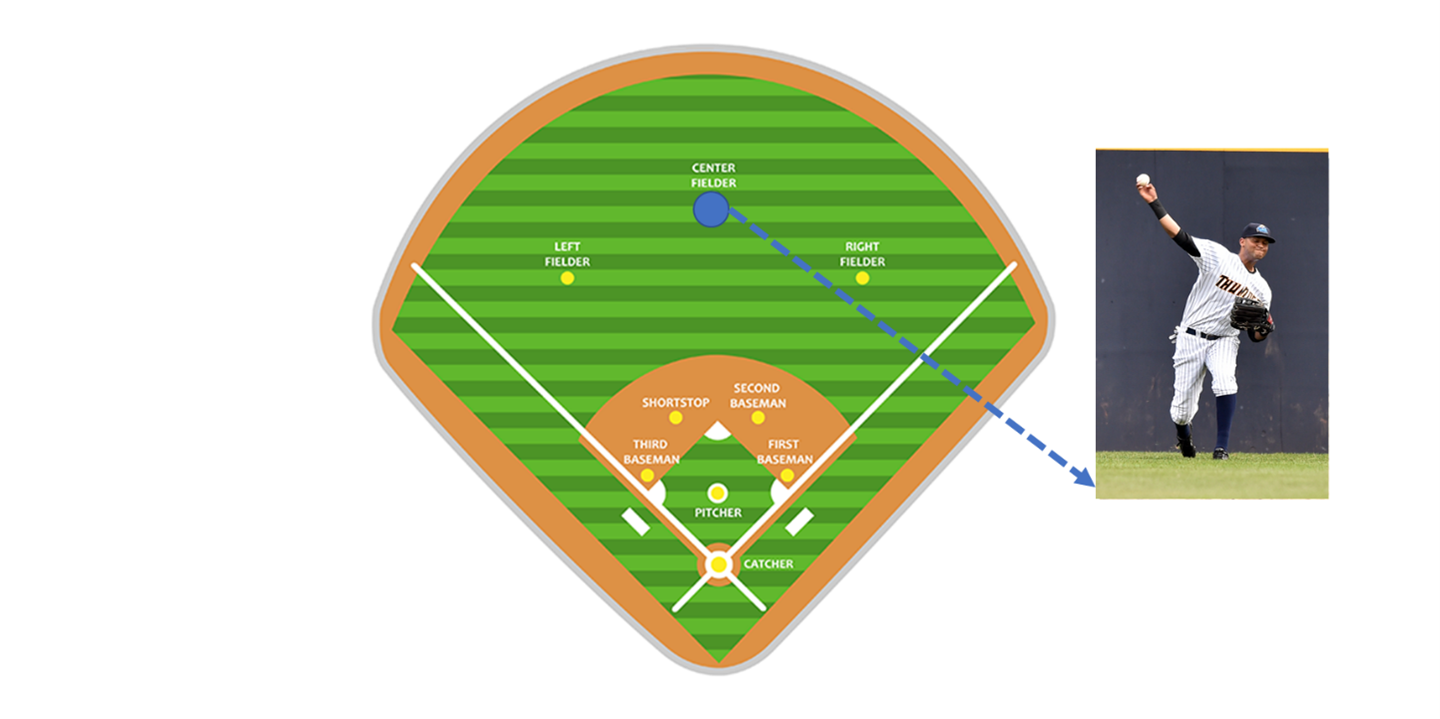
Centerfielders play an important role in the outfield, as they cover a large portion of the field and are often the fastest players on the team. Center fielders must be able to run down fly balls, and make plays on balls hit over their heads. They also play an important role in communicating with the other outfielders and calling for fly balls.
Like their infield shortstop counterparts, centerfielders tend to be fast, athletic, and sometimes smaller than their corner outfield companions. As the outfielder-in-charge, centerfielders patrol and control the largest amount of outfield space, including the right and left center portions of the field. Also, the deepest part of most baseball fields is the space behind the center fielder. With centerfielders, foot speed is a premium because they run down more fly balls than any other outfielder.
#9 Rightfielder
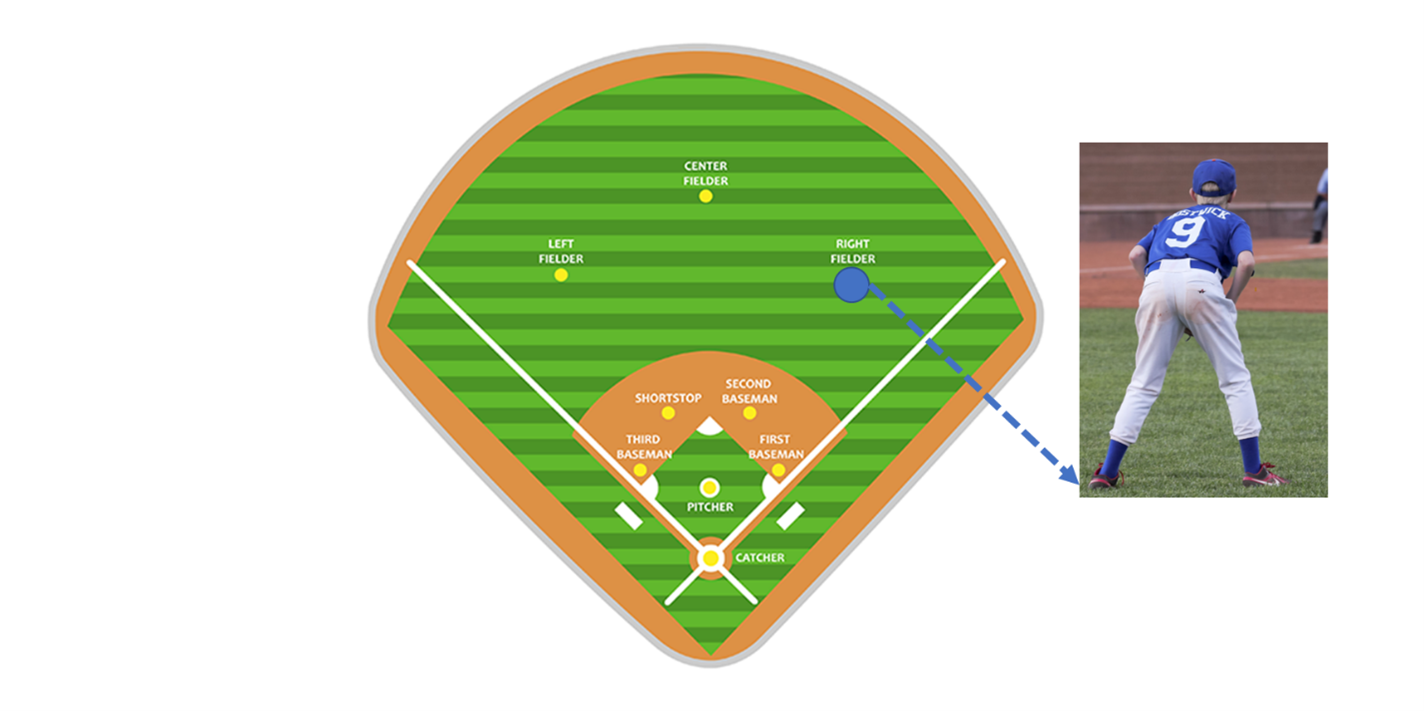
Rightfielders play a similar role to left fielders but are responsible for the right side of the field. Right fielders must have a strong arm to make accurate throws to the bases and must be able to play balls hit to their area of the field effectively.
Like their left-field teammate, right-fielders tend to be good hitters. They differ in throwing strength and often have the best arms of the outfielders because of the frequent requirement to throw across the field to third base. In advanced baseball, given the ability to assemble a balanced roster, the defensive skills of right fielders are important. Historically, in youth baseball, where more right-handed batters are hitting to the left side, less skilled defensive players are relegated to right field.
# 10 MVP (Most Valuable Parent)
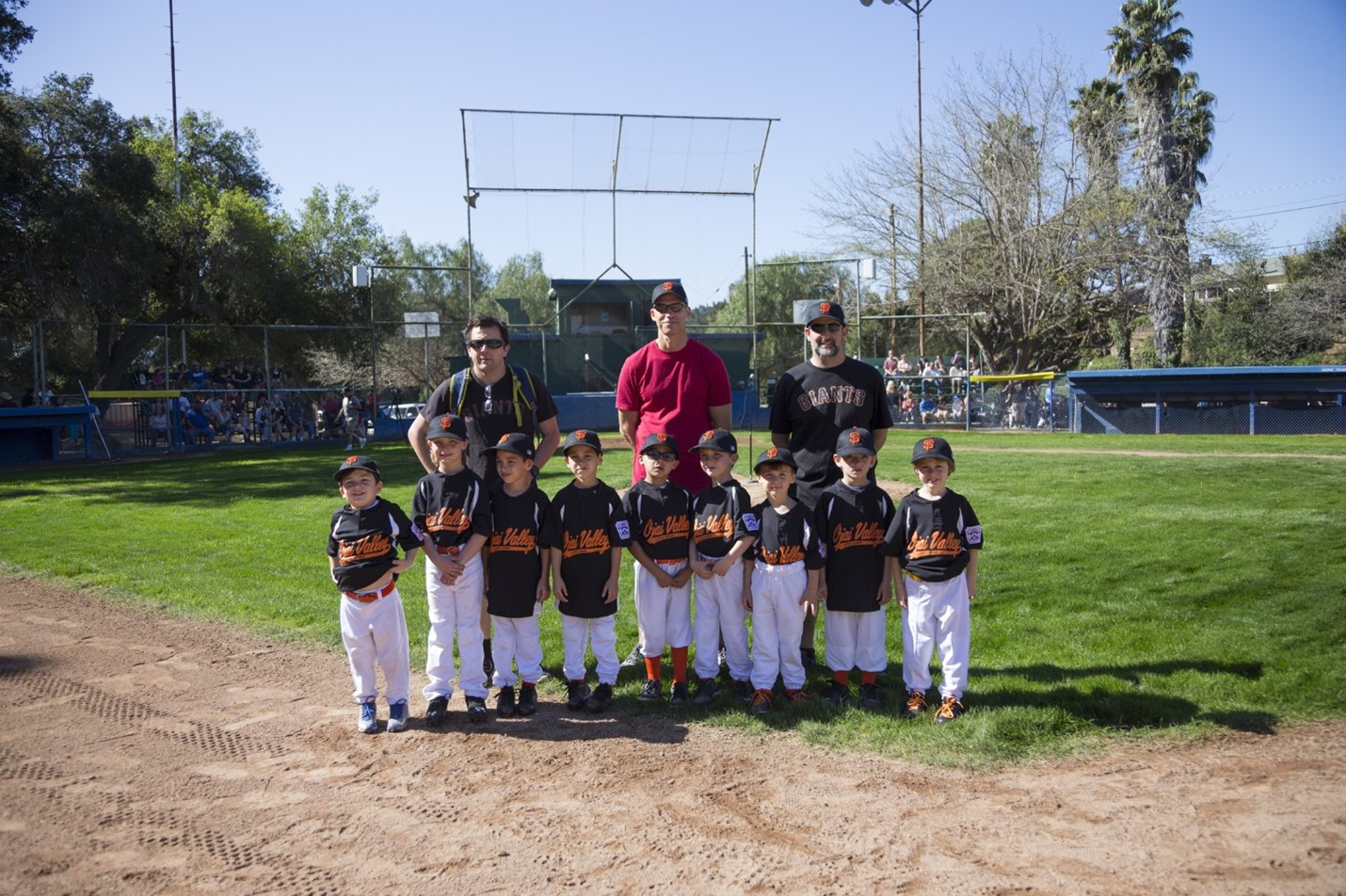
Folks who are gifted with kids who'll live and love baseball are in for delightful moments that grow from dreams into cherished memories. Like the on-field players, off-field supporters need skills, too. Suggested readings to hone those skills are Dr. Kristen Dieffenbach’s Pee Wee Sports Pressures and another by Dr. Gene Coleman on Training Guidelines





